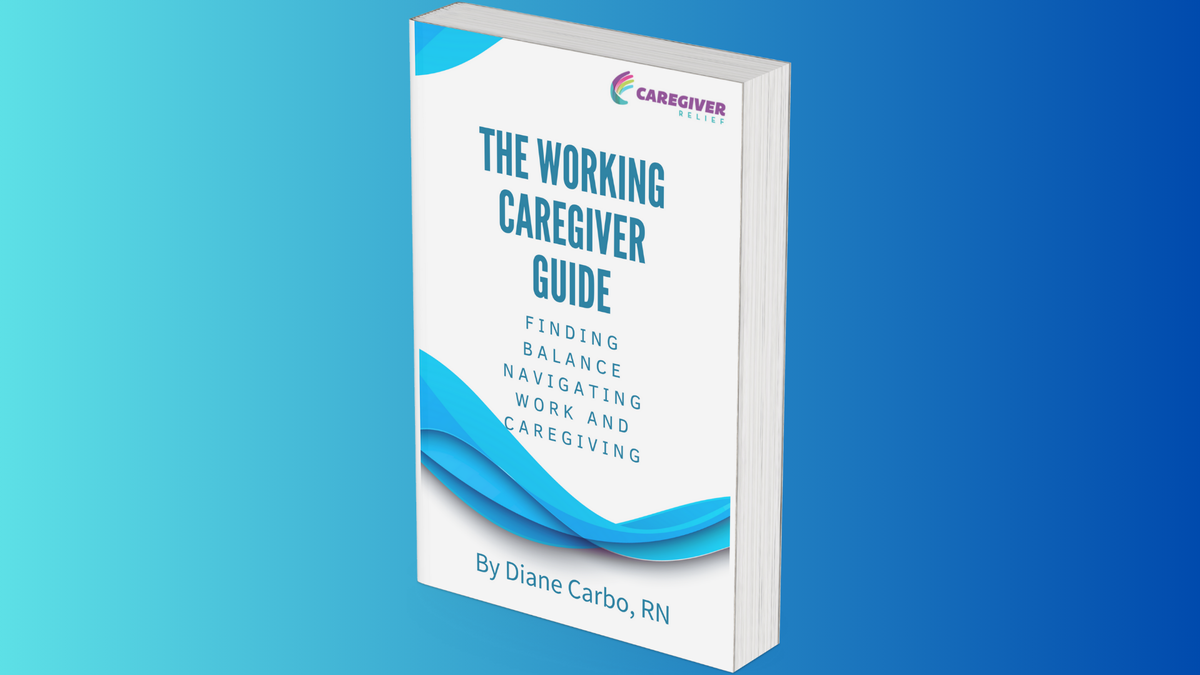The Working Caregiver Guide: Finding Balance Navigating Work and Caregiving


Did you know that around two-thirds of caregivers in the United States also have jobs? Balancing caregiving and work can be a daunting challenge. It often forces caregivers to make tough decisions like turning down job opportunities, quitting, or retiring early. But there's hope! Caregivers and employers can work together to create a supportive workplace.
Understanding the Working Caregiver's Struggle
Juggling caregiving and employment is taking a toll on the U.S. workforce. Shockingly, one in five full-time workers is also a family caregiver. Balancing job and caregiving responsibilities can be emotionally overwhelming. Imagine having to leave work early, take days off, or reduce your hours due to caregiving—this is a reality for nearly two in ten employed family caregivers.
However, not all caregivers receive the support they need from their employers. 65% of caregivers have access to less than half of the offered benefits, like paid leave and mental health coverage. But there's good news: caregivers have identified some game-changing benefits:
- Flexible Schedules
- Remote Work Options
- Part-Time Opportunities
- Job Sharing
- Specialized Caregiver Services
One pressing dilemma for caregivers is whether to disclose their caregiver status to their supervisors. There's a genuine concern about potential consequences. Interestingly, three out of four employed caregivers would be willing to disclose their status if it meant qualifying for benefits. Caregiver Relief offers a "Working Caregiver Talking With Your Employer Checklist" to assist in this decision.
The Impact on Younger Caregivers
Statistics reveal that younger caregivers are more likely to make career sacrifices to care for loved ones. This might involve quitting jobs, reducing hours, or staying in jobs longer than desired. Salaried employees tend to have better options for working from home, offering some flexibility.
But here's the silver lining: the more benefits caregivers can utilize, the lower their emotional stress levels. It's a win-win situation for both caregivers and employers.
**The Future of Employed Family Caregivers**
Most employed family caregivers don't expect significant changes from their employers as COVID-19 restrictions lift. However, it's essential to appreciate and support these unsung heroes who selflessly balance work and caregiving.
This guide provides support and guidance to working caregivers as they navigate challenges. Solutions are offered to assist you along your caregiving journey in these times of serious public health crisis.
With a historic shift in demographics where there are more seniors than youth in the country, coupled with a shortage of direct care workers, the pressure on family caregivers is increasing. Most direct care workers live in poverty, often holding multiple jobs with no healthcare benefits. The family caregiver is stepping in as the largest unpaid home care provider in the country, contributing over $600 billion worth of unpaid care. As the baby boomer generation ages, this pressure will only intensify, and the economic impact of family caregivers leaving the workforce will be devastating.
Join us on this journey to understand how caregiving impacts your life while working and providing care. The time to address these challenges is now, and this guide will be your trusted companion.




